In the United States, anxiety disorders are the most common mental health disorders. They impact roughly 20% of Americans each year, according to the Anxiety and Depression Association of America. Despite the fact that anxiety is considered highly treatable, it can still be debilitating at times. If talk therapy, medicine, and lifestyle changes haven’t alleviated your anxiety, it’s time to seek out a new anxiety treatment in Highlands Ranch.
Let’s first look at what anxiety is and how it affects the brain.
What is anxiety?
Anxiety is the body and mind’s natural reaction to new, uncomfortable, stressful, or dangerous conditions. It frequently results in feelings of unease, worry, or dread that can be difficult to shake. And while a certain amount of anxiety can help us stay conscious and vigilant, too much anxiety isn’t good. Anxiety disorders can be exceptionally difficult to deal with and can significantly impact an individual’s professional and personal life.
Excessive worry or fear can additionally have harmful psychological and behavioral repercussions.
Types of anxiety disorders
The following are the most common types of anxiety disorders:
- Generalized anxiety disorder
- Obsessive-compulsive disorder (OCD)
- Post-traumatic stress disorder (PTSD)
- Panic disorder
- Social anxiety disorder
Signs and symptoms of anxiety
The severity of your anxiety symptoms will be determined by the type of anxiety condition you have. The following are the most common symptoms of anxiety:
- Persistently feeling nervous, tense, or stressed
- Chest tightness
- Increased heart rate
- Difficulty concentrating
- Gastrointestinal problems
- Difficulty falling or staying asleep
- Muscle tension
- Sweating
- Shaking
- Tension headaches
The brain and anxiety
You might have heard that anxiety is caused by a brain imbalance. But what exactly does that mean? Simply put, the emotional and thinking inhibitory regions of the brain don’t function correctly.
In people with anxiety, the amygdala, which is a cluster of neurons responsible for controlling your stress response, is hypersensitive. Even when there isn’t a threat present, the amygdala gets false alarms and goes into “fight or flight” mode.
Anxiety treatments
Therapy and selective serotonin reuptake inhibitors (SSRIs), generally known as antidepressants, are typically used as first-line treatments for anxiety.
These drugs function by stimulating the production of serotonin in your brain. And, in many circumstances, these medications are effective in the short term. They do not, however, correct the problem or address the source of the problem. That’s where neurofeedback can help.
Neurofeedback for anxiety
Neurofeedback is a non-invasive anxiety treatment that aims to retrain your brain and correct imbalances. People with anxiety can learn to create new neural pathways and change how their brain responds to various stimuli that may have made them anxious in the past.
As mentioned, individuals who suffer from anxiety frequently have a hyperactive amygdala. Neurofeedback enables those individuals to consciously modulate that activation, resulting in long-term anxiety reduction.
Neurofeedback can also help teach your brain to produce more slow brainwaves, which are often in short supply in people with anxiety.
By better controlling the amygdala and improving brainwave self-regulation, some people find they no longer need medicine to manage their anxiety.
Learn more about this anxiety treatment in Highlands Ranch
If you’re interested in learning more about neurofeedback and how it can be used as an anxiety treatment in Highlands Ranch, reach out to us today at Braincode Centers. We are proud to offer top-of-the-line neurofeedback so you can treat your anxiety at the source and start living a happier, healthier life.
Contact us today to schedule a free consultation.




